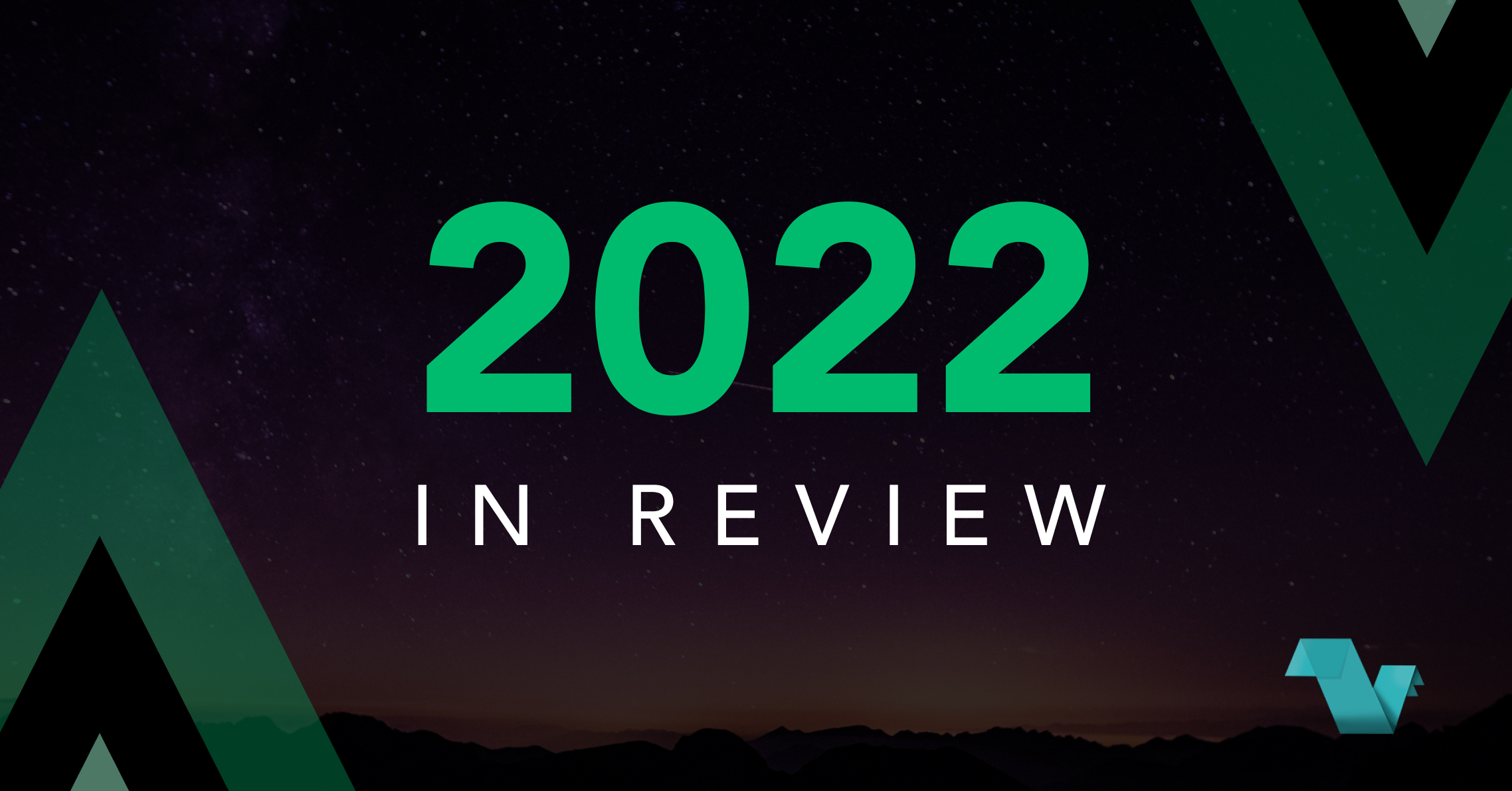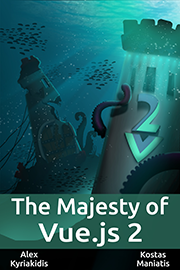2022 in Review
Happy new year, Vue community! With 2023 upon us, we would like to take this opportunity to recap what happened in 2022, and discuss what to expect in 2023.
Recap for 2022
In February 2022, we switched Vue's default version to 3.x. The switch marked the readiness of all the official parts of the framework for v3, including a major revamp of the documentation that provides guidance on latest best practices.
We are still in a transition period for the ecosystem to move to Vue 3. So after the switch, we focused more on improving Vue's developer experience by investing in tooling. Our team members have been actively involved in the development of Vite, and we made significant improvement to Vue's IDE and TypeScript support by shipping Volar 1.0.
Over the course of 2022, we saw the NPM usage of Vue 3 grew by almost 200%. On the community side, the Vue 3 ecosystem is now ripe with great solutions to help boost your productivity. Both Nuxt 3 and Vuetify 3 reached stable status in November 2022, and NativeScript for Vue 3 recently launched beta. In addition, we want to give a shout out to other great projects that had already supported Vue 3 for quite some time: Quasar, NaiveUI, Ionic Vue, PrimeVue, InkLine, ElementPlus, and more.
Despite Vue 3 being now the default, we understand that many users have to stay on Vue 2 due to the cost of migration. To ensure that Vue 2 users benefit from the advancement of the framework, we decided to move Vue 2's source code to TypeScript and back-ported some of the most important Vue 3 features in Vue 2.7. We also made sure that Vite, Vue Devtools and ....
Read the full note from Evan You here



